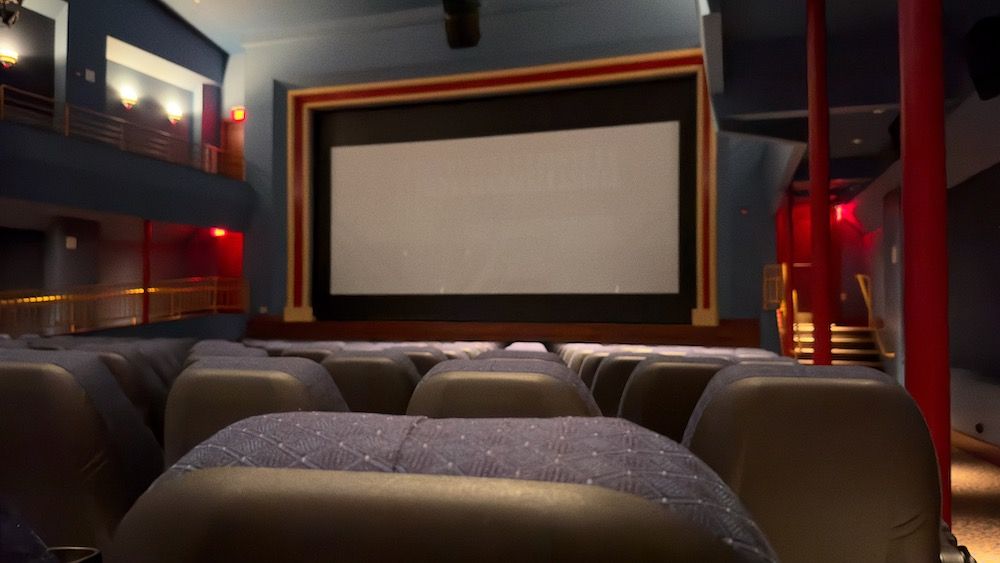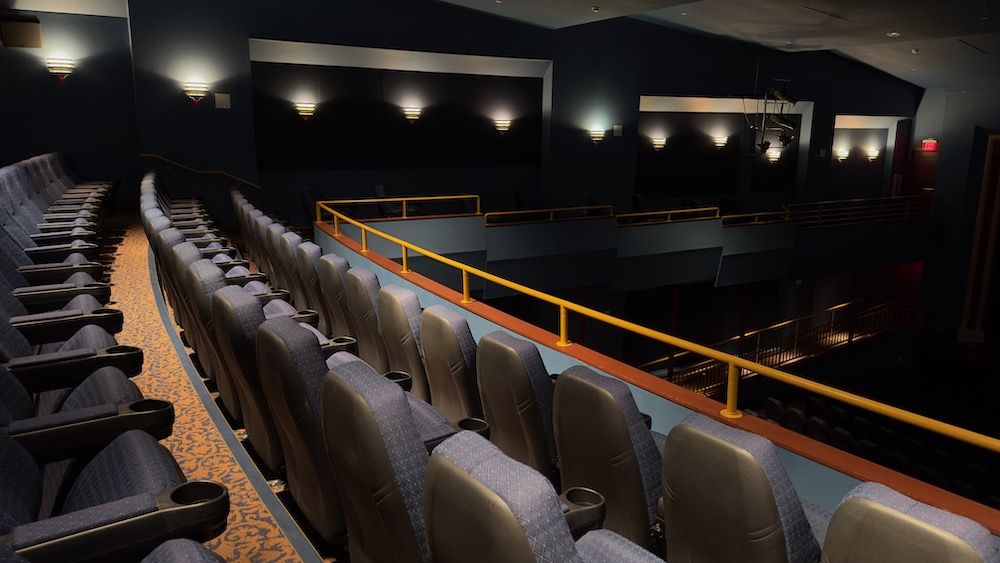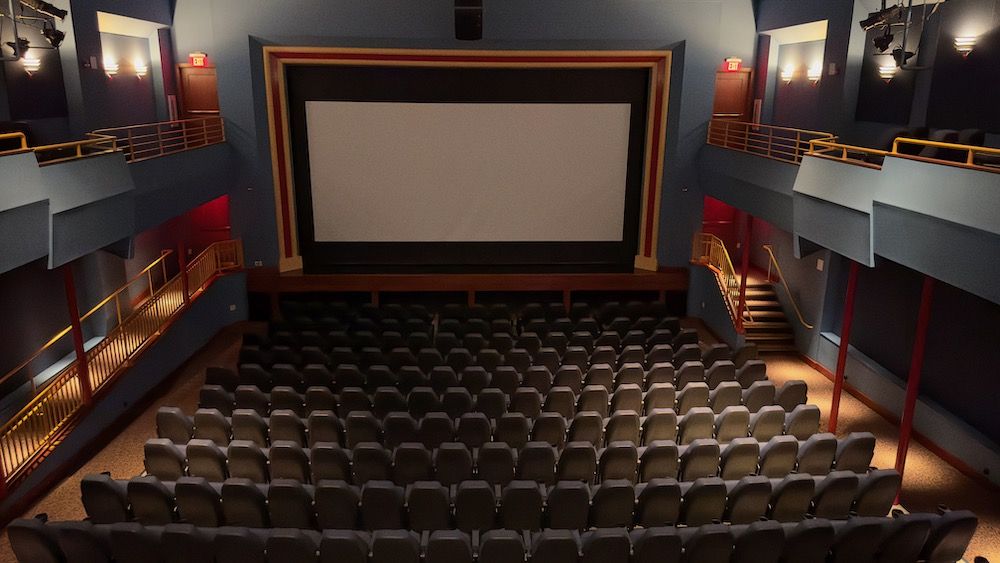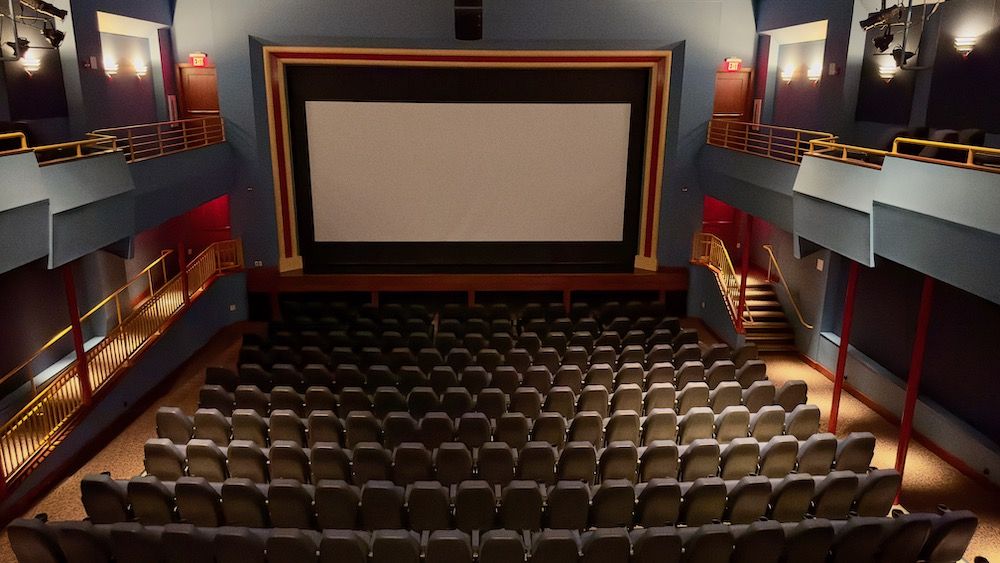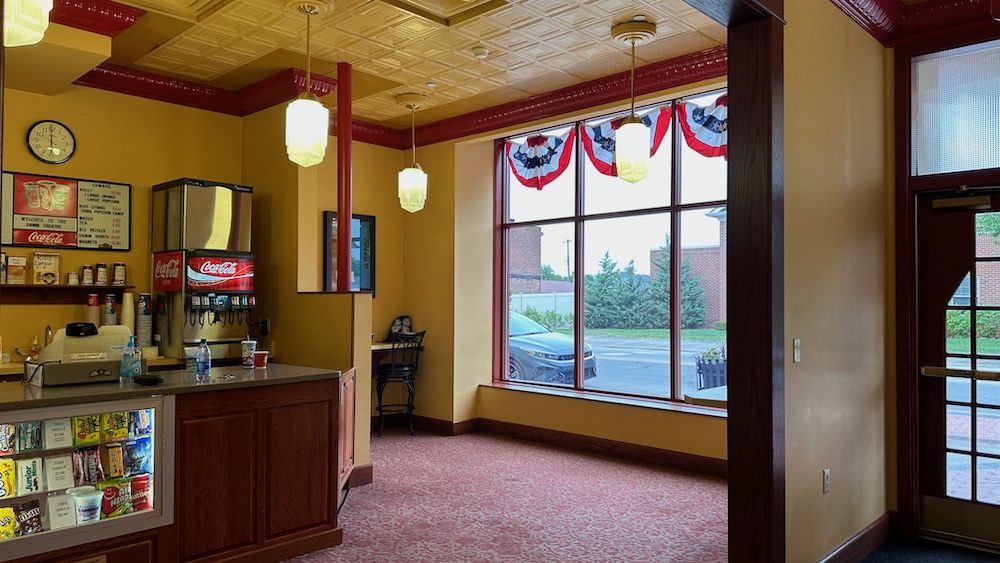History of the Damm Theatre
The story begins with its name sake, Louis Damm.
 Louis was only fifteen years old when he came to America in 1868. After settling in Cincinnati to live with relatives, he worked in a bakery earning $1 per week. Eventually Louis saved enough money to purchase his own bakery and he soon after married Kathryn Vetter. For nine years Louis and his wife ran their business in Cincinnati until they moved to Osgood in 1902 to open a new bakery.
Louis was only fifteen years old when he came to America in 1868. After settling in Cincinnati to live with relatives, he worked in a bakery earning $1 per week. Eventually Louis saved enough money to purchase his own bakery and he soon after married Kathryn Vetter. For nine years Louis and his wife ran their business in Cincinnati until they moved to Osgood in 1902 to open a new bakery.
In 1914, he built a modern movie house next door to his bakery, which opened in October with the silent feature film Big Jim of the Sierras. Like many theatres in the early days of film, the Damm Theatre also hosted vaudeville and local amateur acts along with its major motion pictures. Remarkably, the Damm Theatre’s versatility allowed it to compete with other movie houses in larger cities.
A Theater Purchased
In 1922, Osgood’s first movie theatre, the Columbia Theatre, owned by local retired businessmen Richard Beer and Gottlieb Herman, was sold to Louis Damm. Beer and Herman had created the theatre in the building that housed the Louis J. Albrecht Livery, Feed and Stable. Soon after, Louis moved his theatre into the new location across the street, and renamed the Columbia Theatre, the Damm Theatre. As the sole movie house in Osgood, Louis decided to increase the activity of the theatre by keeping it open more days. In addition to providing Ripley County with its largest auditorium, the new Damm Theatre location also included a large dance hall, roller skating rink, and many other activities on the second floor. The approximately 400-seat theatre could hold one-third of the town’s population. When popular movies played there, it regularly did.
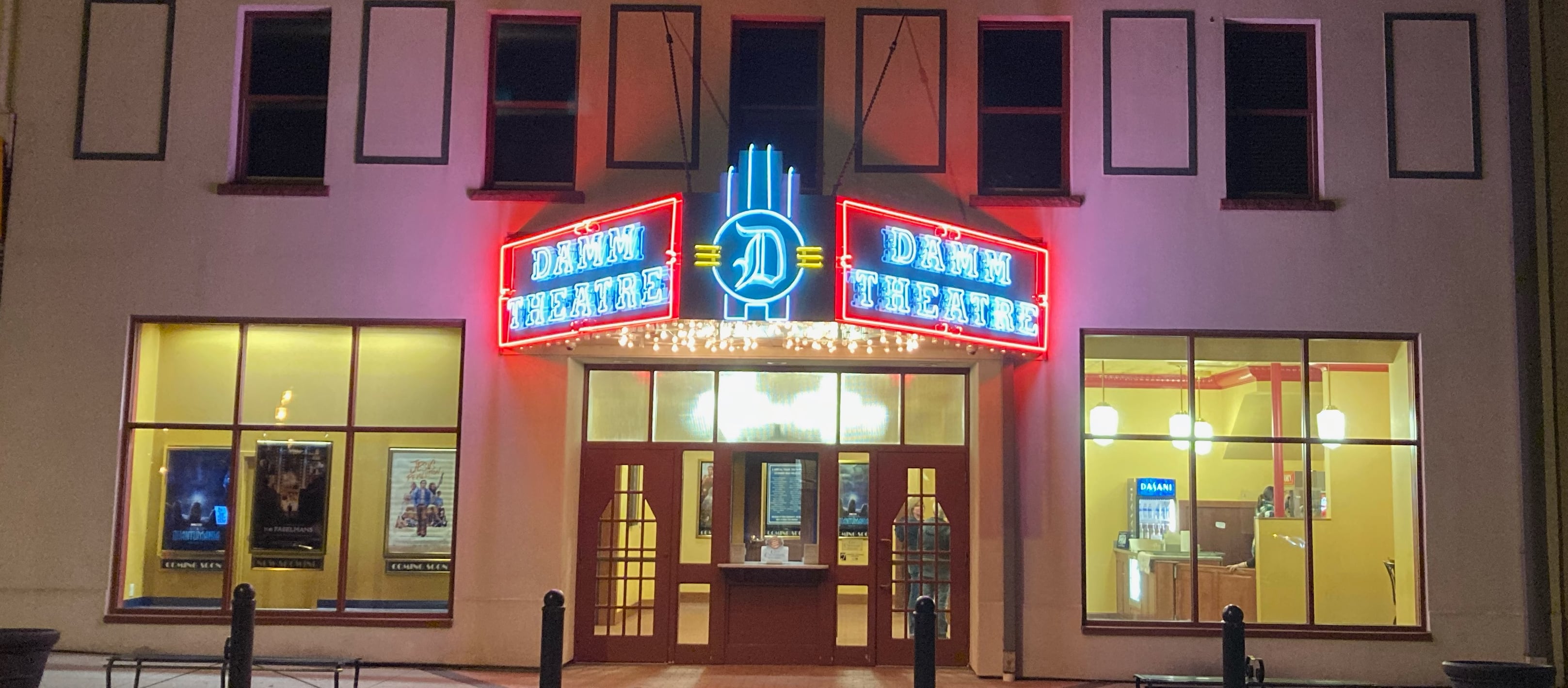
At that time the Damm Theatre’s exterior architectural style was considered Nineteenth-Century Functional. As part of a city block, rather than a stand-alone structure, the theater’s exterior, though simple, reflects the original architectural look of the block and blends in harmoniously with the neighboring businesses. Its interior design is not one specific style, but is similar to other movie theatres of the past. The theatre still maintained many original elements, such as its molded tin ceilings, cast-iron seats with original red velvet upholstery, wall sconces, and a maple hardwood dance floor upstairs. Moreover, individual pieces had also survived, including rare projection equipment, film memorabilia, and other historic items. At one time a piano-console Wurlitzer player organ was installed in the front of the theater to be used for silent films; however, the organ was repossessed during the Depression by the local Wurlitzer agent in Rising Sun, Indiana. The area has since been filled in with cement. The second floor dance hall also once housed a Wurlitzer orchestrion that provided dance music.
A Family Run Business
The Damm Theatre operated for thirty-nine years as a family operation, run by the five children of Louis Damm, until 1953, when Joe Damm purchased controlling interest in the business from his family. Business thrived into the 1960s, as the theatre was open six days per week, and sometimes showed as many as three different films in a single week. When Joe Damm died in 1973, his wife Viola continued to operate the theater with the help of her son, Robert. After Viola’s death in 1989, the theatre was forced to cease continuous operation for the first time since it opened in 1922, thus shutting down the only cinema in town.
A New Beginning
Thanks to the generosity of the Gilmore and Golda Reynolds Foundation, the theater was purchased in 2005 and renovated in 2008 with a completely new look and capabilities of stage productions. The exterior retains the original look including the famous marquee “Damm Theatre.”
Copyright ©
The Damm Theatre
115 North Buckeye - Osgood IN 47037
(812) 689-DAMM
Hosting and Design by NavigateTomorrow.com.

